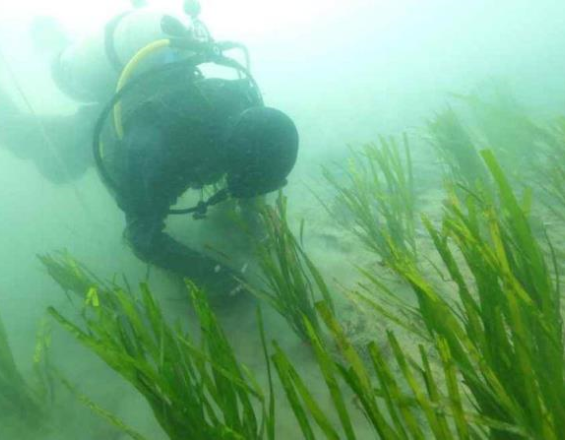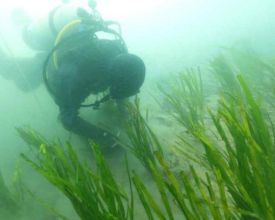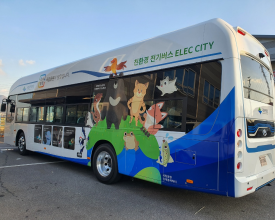
Main Policies for Korea National Parks Carbon Neutrality by 2030

○ First is the Carbon Zero National Park Strategy for Reduction. We plan to establish an eco-friendly transportation system in national parks with zero combustion engine vehicles by introducing new renewable energy sources, achieving 100% energy self sufficiency for park facilities and introducing eco-friendly shuttle buses.
○ Second is The Climate Change Adaptation Strategy. The measures include reinforced monitoring of vulnerable ecosystems by building and operating climate change stations, establishing measures to adapt to climate change through vulnerability assessments, convergence of cutting-edge technologies such as VR with natural disaster prevention programs to prevent carbon storage loss.
○ Last is The Carbon Neutrality Culture Expansion Strategy. We aim to create sustainable social value outcomes by building a domestic and foreign consensus established through environmental education and events. KNPS will also establish ESG partnerships with companies through our distinct projects.
Context
Challenges addressed
Location
Impacts
○ The carbon stock of national park forest ecosystems is 347 million CO2-tons, and the average carbon stock per ha is 899 CO2-tons, which is 1.8 times higher than the average Asian forest* and 1.5 times the global forest average**. The Korea National Park Service is preventing and managing ecosystem damage caused by wildfires and landslides to preserve the carbon stock in national parks, and is promoting the expansion of carbon sinks and strengthening of ecosystem connectivity by restoring damaged terrestrial and marine ecosystems.
* 499 CO2-ton/ha (Global Forest Resources Assessment 2020, FAO)
** 598 CO2-ton/ha (Global Forest Resources Assessment 2020, FAO)
○ According to a public perception survey in 2021, the carbon neutrality awareness level stood at 44%*. By utilizing the function of the national parks’ carbon pool, we are spreading a consensus on carbon neutrality through campaigns to induce action, tour programs, and education.
* Ministry of Culture, Sports and Tourism ‘Report on Public Perception of 2050 Carbon Neutrality Promotion’ (Nov. 2021)






